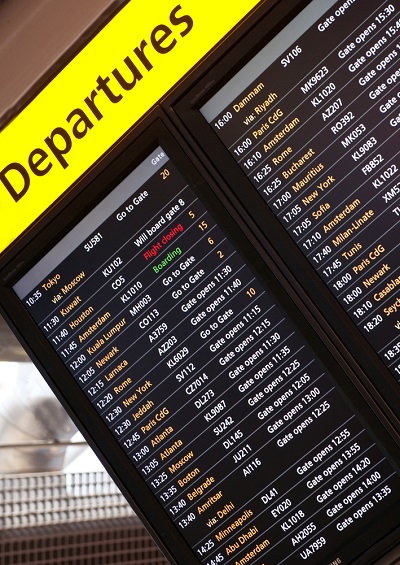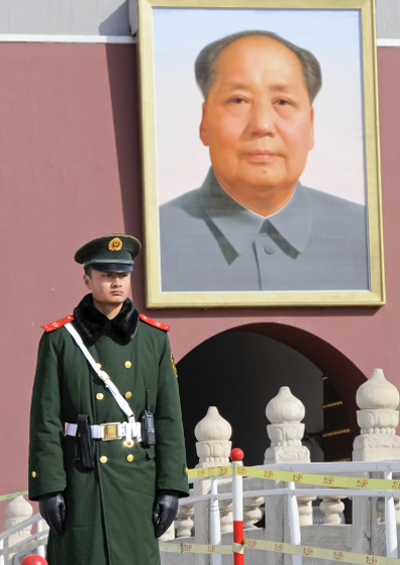Global Travel Champion
Which nation spends the most on international tourism?
August 16, 2014

The peak summer travel season is well underway in the northern hemisphere.
This means that shopping districts from Los Angeles to London to Berlin are full of people with their dollars and pounds and euros. We wonder: Which nation spent the most on international tourism in 2013?
A. United States
B. Germany
C. China
D. Russia
A. United States is not correct.
The United States ranks second when it comes to spending on international tourism. In 2013, U.S. tourists spent a total of $86.2 billion overseas, according to the United Nation’s World Tourism Organization.
The amount that Americans spend on international tourism, however, is only a small fraction spent on domestic tourism. According to estimates by the U.S. Travel Association, Americans spent almost nine times more on travel to destinations in the United States ($748.3 billion) than they spent on tourism abroad.
That is at least partly a reflection of the United States’ continental size. By contrast, Europeans — who enjoy a similar level of prosperity as Americans — can travel to foreign destinations more easily and less expensively by car or low-cost flights.
Stay-at-home Americans will share their vacation spots with many foreign travelers, however. The United States ranks behind only France as the most popular destination for international tourists. In 2012, the United States attracted just under 70 million foreign tourists, while France drew in 83 million.
International tourists spent $139.6 billion in the United States last year. By comparison, receipts from tourism in the second- and third-ranked nation — Spain ($60.4 billion) and France ($56.1 billion) — were less than half the amounts spent in the United States.
B. Germany is not correct.
Germans spend more than any other nation in Europe on international travel. In 2013, they spent a total of $85.9 billion abroad — the third-highest of any nation.
Since the mid-20th century, the number of international tourists has grown steadily. Back in 1950, international tourist arrivals totaled 25 million — equal to only about 1% of the world’s population at the time. By 1980, the number had jumped ten-fold to 278 million — or about 6% of the world population.
According to the World Tourism Organization, 1.09 billion people traveled abroad in 2013 — or almost one in every seven people on Earth.
C. China is correct.
Until the early 1990s, China’s government prohibited holidays abroad. Two decades later, in 2012, China — the world’s most populous country — also became the world’s largest spender on international tourism.
At $129 billion in 2013, China’s international tourists outspent second-ranked United States and third-ranked Germany by more than $40 billion. That amount represents a ten-fold increase over the $13.1 billion Chinese tourist spent abroad in 2000.
Divided by the 1.36 billion Chinese, the country’s per capita spending on international tourism — at $94 — is very small compared to the United States and Western European nations.
However, the actual amount spent by each Chinese tourist abroad is far higher — especially those traveling to Western Europe and the United States. According to the U.S. Department of Commerce, the 1.8 million Chinese visitors to the United States in 2013 spent $9.8 billion — or more than $5,400 per person.
The relatively lavish spending by Chinese travelers in the West helps explain why, for example, upscale department stores in cities such as New York and Frankfurt have begun staffing their sales counters with Mandarin-speaking clerks.
Chinese travelers have an incentive for making their luxury purchases abroad — circumventing China’s high taxes on such purchases at home.
D. Russia is not correct.
Three of the five BRICS nations — the rapidly growing emerging markets of Brazil, Russia, India, China and South Africa — are among the top ten highest-spending nations when it comes to international travel.
After China, Russia is the second-highest spending BRICS nation. Like China, citizens of the Soviet Union faced severe restrictions on traveling outside the country. These restrictions began to loosen in the 1980s under Mikhail Gorbachev’s policy of glasnost, or openness.
In 2013, Russia spent $53.5 billion on international tourism, just edging out the United Kingdom ($52.6 billion) to rank fourth among all nations. New U.S. and EU sanctions against Russia — for its involvement in Crimea, Ukraine and the downing of Malaysia Airlines Flight 17 — limit the ability of wealthy Russians to travel in the West. This will almost certainly lead to a lower overall level of spending by Russians on international travel in 2014.
Rounding out the top ten spenders on international tourism are France ($42.4 billion), Canada ($35.2 billion), Australia ($28.4 billion), Italy ($27 billion) and Brazil ($25.1 billion).
